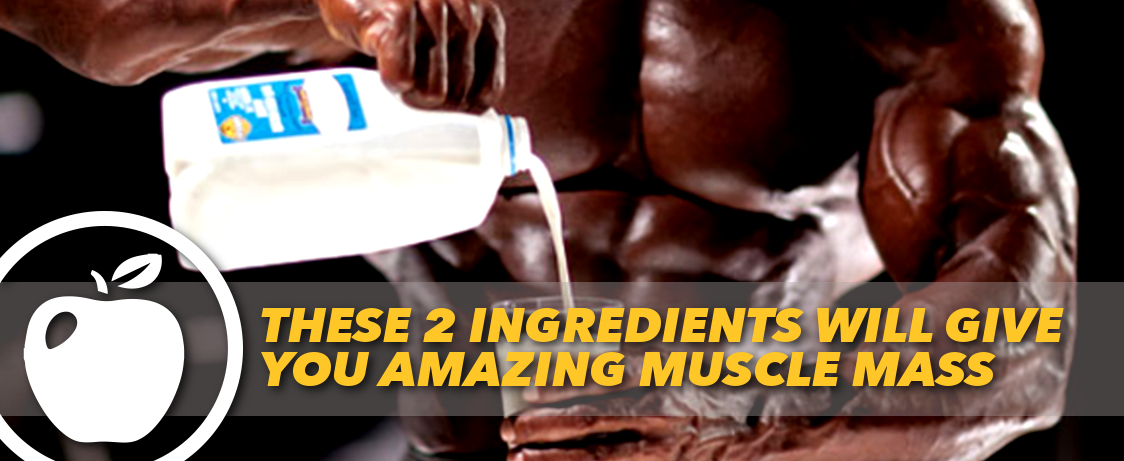The perfect combination for increased gains.
For years, bodybuilders have been advocated to use short rest periods between sets to elicit metabolic stress and increase anabolic hormone responses. Although the newest research seems to suggest that the acute anabolic hormones response (i.e. acute GH and testosterone responses) to resistance exercise has little to do with increases in muscle mass, there is evidence to suggest that the direct metabolic stress can influence muscle hypertrophy. For example, numerous studies using resistance exercise training combined with blood flow restriction have shown to increase muscle hypertrophy with a training intensity as low as 20% 1RM. For instance, a low-intensity (~50% 1RM) resistance training performed with leg extensions caused a marked increase in muscular size [~12% gain in muscle size and strength (~20% gain) when combined with moderate vascular occlusion. These studies suggest that the muscle mass building effects of resistance exercise involves not only muscle tension (weight) but also metabolic factors.
.
Metabolic Stress Stimulates Protein Synthesis
One of the major determining factors for increases in muscle mass is increase in protein synthesis. Muscle protein synthesis has been shown to be elevated following acute blood flow restricted resistance exercise, further building a case for the accretion of muscle mass independent of external load. Metabolic stress may be more important than the external load for increasing muscle mass. For example, two different exercise regimens at the same external intensity (3–5 sets of 10 at 75% 1RM) resulted in different muscle adaptations. The only difference between groups is that one group rested for 30 seconds midway through each exercise set. The group that did not rest midway through each set which resulted in greater increases in metabolic stress, which resulted in greater gains in strength, endurance, and muscle mass compared to the group that rested during each set. The results of the study are that “metabolic stress” is essential for increases in muscle mass.
Caffeine and Lactate Supplements Increase Muscle Mass
The newest research published in the latest Journal of Applied Physiology seems to support that metabolic stress can increase muscle growth signaling factors. In the study, researchers examined whether a mixed lactate and caffeine compound could effectively elicit proliferation and differentiation of satellite cells or activate anabolic signals in skeletal muscles. Caffeine is a stimulant. It gives you extra stamina and increases your heart rate, improving blood flow from the heart to the rest of your body. At the cellular level, the major player causing muscle contraction is calcium. Caffeine acts directly on the storage site for calcium in skeletal muscle, an area known as the sarcoplasmic reticulum. When caffeine interacts with the sarcoplasmic reticulum, increased amounts of calcium are pumped into the muscle, thus causing stronger muscle contractions. Lactic acid on the other hand is actually a fuel, not a caustic waste product as once previously thought. Muscles make it deliberately, producing it from glucose, and they burn it to obtain energy. The lactic acid is taken up and used as a fuel by mitochondria, the energy factories in muscle cells. Researchers wanted to examine how when you combine both caffeine and lactic acid into a supplement how it would affect the anabolic pathways. The researchers hypothesized that, “a lactate-based supplement containing caffeine, an activator of intracellular calcium signals, could elicit proliferation and differentiation of satellite cells, activate anabolic signals in skeletal muscle, and thereby increase muscle mass when combined with low-intensity exercise training.”
Find out the surprising results on the next page!










